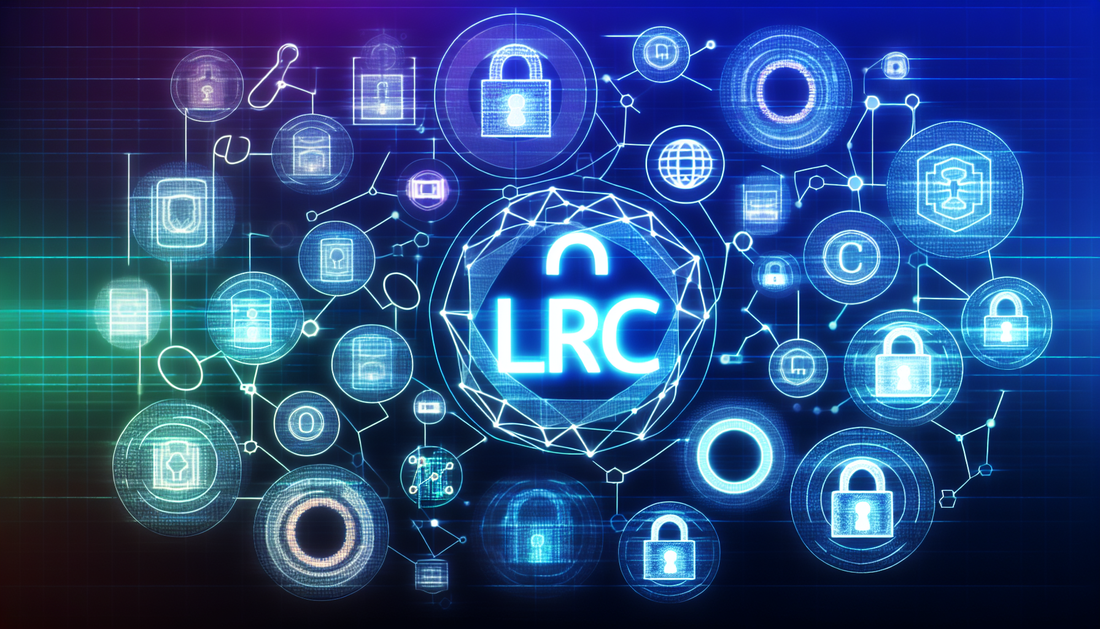
Loopring: Revolutionizing Decentralized Exchanges Since 2017
Share
The History of Loopring (LRC): A Deep Dive into the Pioneering Crypto Asset
Loopring, symbolized by the LRC token, has made waves in the crypto world as a distinguished protocol aiming to enhance the efficiency of decentralized exchanges (DEXs). This protocol, founded in 2017 by Daniel Wang, sets itself apart by striving to improve security, scalability, and liquidity using a unique approach.
The history of Loopring begins with its vision to combine the best aspects of centralized and decentralized exchanges. Centralized exchanges traditionally offer high efficiency and liquidity but face security risks due to their custodial nature. Loopring sought to address these issues by pioneering a non-custodial protocol that utilizes zkRollups to achieve high throughput and low settlement costs on the Ethereum blockchain.
Upon its inception, Loopring aimed to resolve three major challenges within the DEX ecosystem: scalability, efficiency, and liquidity. Through zkRollups, Loopring aggregates and processes multiple transactions off-chain, significantly reducing Ethereum network congestion. This technology empowers the network to provide faster transaction speeds with considerably lower fees, a notable advantage over traditional blockchain applications restricted by high gas costs.
Throughout its development, Loopring has maintained a commitment to research and innovation. The Loopring protocol employs a renowned hybrid approach, where centralized order matching is carried out off-chain yet settlement remains on-chain. This hybrid design bolsters efficiency while maintaining decentralization principles, offering users enhanced security with the speed of centralized systems.
One of the landmark achievements for Loopring was the release of its own decentralized exchange, Loopring Exchange, inspired by its vision to revolutionize DEX functionalities. The exchange not only showcased the capabilities of zkRollups but also served as a proof-of-concept for the broader crypto community, highlighting the potential of Layer 2 solutions.
Loopring has grown from its foundational goals to become a leading player influential in advocating Ethereum Layer 2 solutions, engaging with a community eager to revolutionize how exchanges function. Its journey over the years demonstrates an ongoing adaptation to the dynamic blockchain landscape, all while fulfilling its core mission of enhancing trading efficiency and security without compromising on decentralization.
The transformative journey of Loopring positions it as a protocol to watch, with its continuous dedication to scalability and efficiency showcasing the potential of Layer 2 technologies—a timely reminder of how innovation can drive forward the future of decentralized finance.
In the evolving world of decentralized exchanges, Loopring remains steadfast in its mission. Its history is a testament to the importance of combining technological advancements with community-grounded principles. For those interested in exploring opportunities within decentralized exchanges, considering platforms like Loopring alongside Arbitrum might reveal intriguing innovations reshaping the future of crypto trading.
